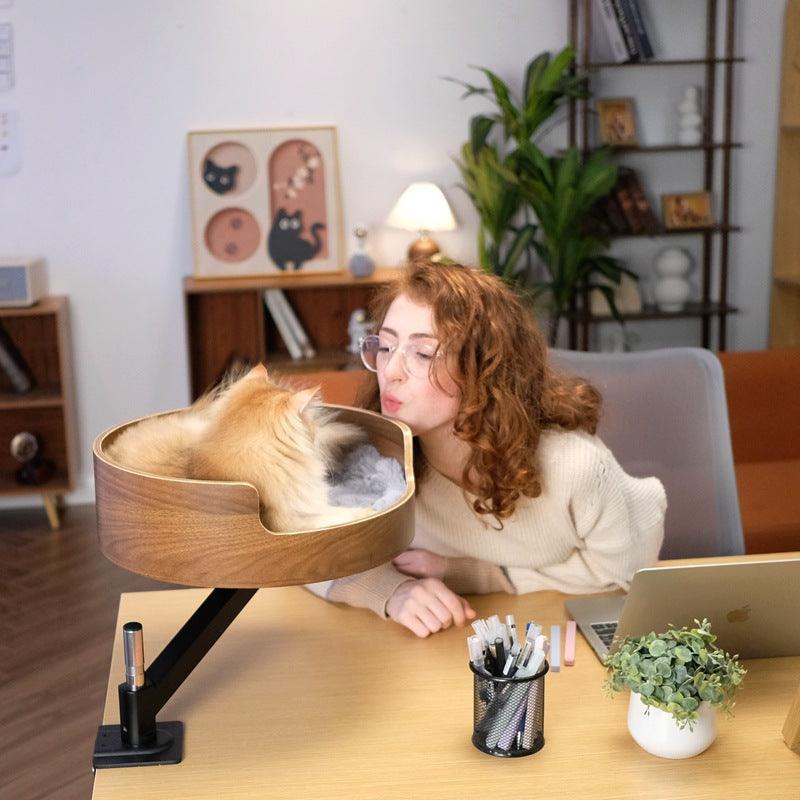Why Choose Food Grade Silicone for Your Pet?
Is silicone toxic to dogs?Silicone is a synthetic material known for its flexibility, durability, and heat resistance, making it a popular choice for various products. However, some claim that silicone can be harmful to dogs, citing potential risks of ingestion and skin irritation. Understanding the safety of silicone is crucial for dog owners to make informed decisions when selecting products for their beloved pets. By the end of this article, you will have a better understanding of whether silicone is toxic to dogs and the precautions you can take to ensure your furry friend's well-being.
The Toxic Toy Incident
Imagine a small dog in the United States, happily chewing on a new toy, only for the joy to quickly turn into a medical emergency. In 2017, this exact scenario unfolded when the dog ingested silicone particles from a toy made of non-food-grade silicone. Unlike its food-grade counterpart, this silicone contained toxic chemical additives that were not intended for contact with food or pets. The result? The poor pup suffered from severe vomiting, diarrhea, and breathing difficulties. After a harrowing trip to the vet, the dog was stabilized, but the episode was a stark reminder of the dangers lurking in unregulated materials. This case drives home the importance of using food-grade silicone in pet products to avoid such toxic threats.
The Digestive Blockage Drama
Fast forward to 2018 in the UK, where a curious cat fell victim to a similar issue. This time, the cat swallowed fragments from a non-food-grade silicone toy. The toy, which was far from pet-safe, caused a blockage in the cat’s digestive system. The cat displayed distressing symptoms—intense abdominal pain and persistent vomiting. An emergency surgery was required to resolve the blockage and restore the cat’s health. This distressing incident highlights the real risks of non-food-grade silicone, reinforcing why choosing safe, certified materials is crucial for our pets.
To find out more how to do when dog accidentally ate plastic
The Hidden Dangers of Non-Food-Grade Silicone
Non-food-grade silicone can be a hidden hazard for pets, posing several risks:
- Toxicity: These materials might leach harmful chemicals, causing poisoning that manifests as vomiting, diarrhea, and respiratory problems.
- Digestive Blockage: Swallowed fragments can cause dangerous blockages in the digestive tract, leading to severe pain and potentially requiring surgery.
- Allergic Reactions: Pets can suffer from allergic reactions such as skin irritation and breathing issues due to unknown chemicals in non-food-grade silicone.
To see more Autoimmune problems and a weakened immune system
Food-grade silicone is emerging as a vital material in this regard. Let’s explore two real-life cases that highlight the risks of non-food-grade silicone and why food-grade silicone is a game-changer in ensuring pet safety.
What is Food-Grade Silicone?
Food-grade silicone stands out as a beacon of safety, offering numerous benefits:
- Non-Toxic(to see the made material): Crafted from materials approved for food contact, it ensures that no harmful substances leach into pet food or products.
- Durable and Safe: Able to endure extreme temperatures, food-grade silicone is perfect for cooking and storage, maintaining its safety and integrity.
- Easy to Clean: Its smooth, non-porous surface makes it simple to clean, reducing the risk of bacterial contamination and keeping pets safe.
How Safe is Food Grade Silicone?
Ri-son's silicone Dog water bottle and dog bowl with rigorous international standards for food contact materials. Its chemical stability ensures that it does not react with food or beverages, making it exceptionally safe for users of all ages.
Essential Information Before Your First Purchase of Food-Safe Silicone
When buying food-safe silicone products, confirm that they are 100% food-grade. It's also important to select products that are free from fillers and additives to guarantee the highest standards of safety and quality.
At Ri-son, we take a proactive and comprehensive approach to ensuring safety and quality in our baby products. Recognizing the inconsistencies in safety testing standards, we strive to exceed expectations by adhering to rigorous international benchmarks for food-grade silicone.
Starting in 2023, we committed to using only the highest quality silicone in our manufacturing process. This dedication allows us to provide the best possible products for children. Alongside meeting the FDA's minimum safety standards, many of our products have also achieved certifications that reflect our commitment to offering the safest and highest-quality options available.

18 OZ Foldable Dog Water Bottle
29.99 USD
It's made of high - quality edible silicone. It's not only BPA - free but also non - toxic and odorless. Every time I drink water from it, I feel extremely at ease, without worrying about ingesting harmful chemicals. And this silicone is super durable.Its capacity is 18oz, which is just perfect for outdoor activities! Once, I went mountain climbing. The journey was long, and the weather was hot. I was sweating non - stop along the way, and an ordinary small water bottle couldn't satisfy my thirst at all. But this 18oz water bottle, when filled with water, was just enough for my entire journey. It not only met my drinking needs but also didn't make me feel over - burdened.
- Independent Lab Testing: All our products undergo thorough testing in independent laboratories to guarantee the highest safety assurance.
- Compliance and Safety: Our tableware is designed to meet strict safety regulations, providing parents with peace of mind. We ensure that every item meets and often exceeds international safety requirements.
- Innovative Design: Our products are crafted with a deep understanding of the needs of both children and parents, skillfully blending safety with creative and practical design.
By choosing Ri-son, you are making a choice for safety, quality, and innovation for your family!
More additional resources:
1.What is Food Grade Silicone and Why is it Better Than Single-Use Plastic?




















